5 outstanding personalities who became victims of the Inquisition
Categories: Celebrities | Europe | History
By Pictolic https://pictolic.com/article/5-outstanding-personalities-who-became-victims-of-the-inquisition.htmlOn May 15, 1252, Pope Innocent IV read out the bull "ad extirpanda", according to which the torture of those suspected of heresy was allowed. Thus opened the bloody page of the Inquisition. For 6 centuries, while it existed, millions of people turned out to be objectionable and were executed or ended up in exile. Among them are many epoch-making personalities whose names will never fade on the pages of history.
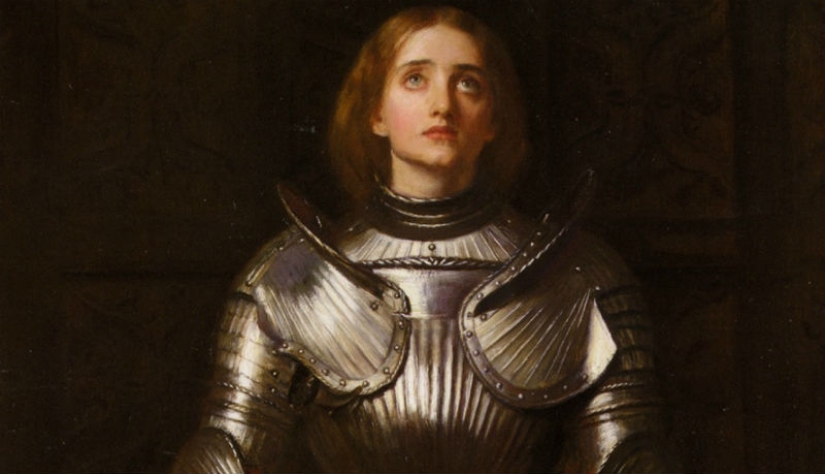
Joan of Arc (1412-1431)
The legendary Jeanne d’Ark was a commoner who, at the age of 13, began to see saints in visions. The Hundred Years ' War was raging, and voices were allegedly calling on Joan to bow to the heir to the throne, Charles VII, to persuade him to attack the English and drive them from French lands.
There was a prophecy that God would send a savior to France in the form of a young virgin. Therefore, when Jeanne obtained an audience with the king and convinced him during interrogations that she was being directed by higher forces, the girl was entrusted with the management of the troops. In her white armor, riding on a white steed, Jeanne really looked like an angel, God's messenger. The Maid of Orleans, showing amazing abilities for a young peasant woman, won one victory after another, more and more people joined her army, inspired by the image of the holy warrior.
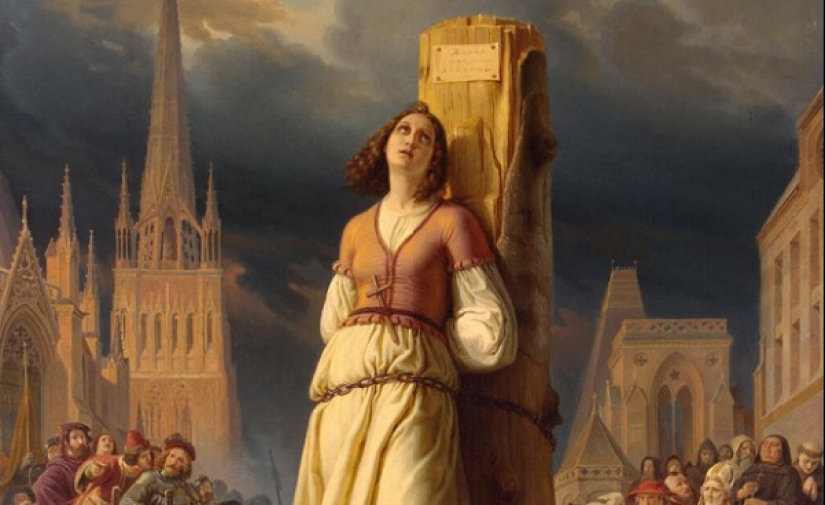
In 1430, Joan was captured. The English, to justify their defeats, accused her of having links with the devil and handed her over to the Inquisition. The girl was forced to renounce her "delusions", branded a heretic, and burned at the stake on May 30, 1431, tied to a pole in the square of Rouen. After 25 years, at the request of Charles VII, who did not lift a finger to save Joan, the trial was reviewed and the unfortunate woman was found not guilty.
Giordano Bruno (1548-1600)
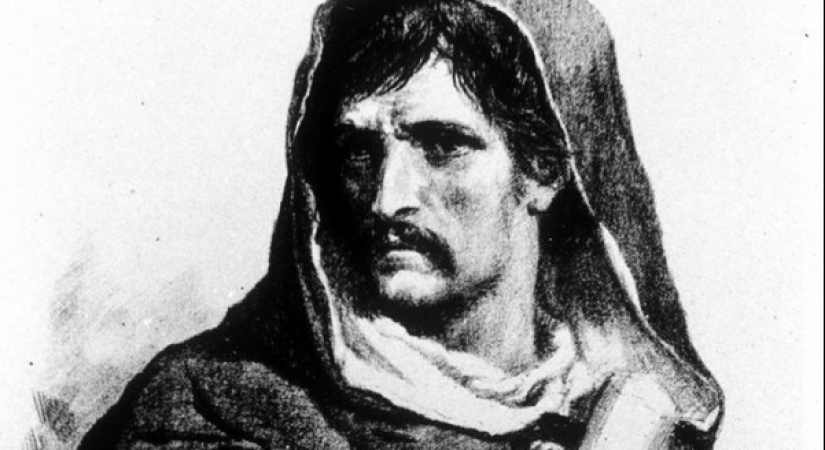
The Neapolitan philosopher Giordano Bruno actively popularized the ideas of Nicolaus Copernicus. Copernicus, who developed the concept of the heliocentric system of the world in his writings, was persecuted by the church, but still was not condemned. The fate of his follower was more tragic.
Developing the theory of Copernicus, Bruno put forward ideas about the unity of the Universe and the multiplicity of inhabited worlds. But the Inquisition did not persecute him for his scientific views, but rather for his criticism of the generally accepted ideas about the afterlife. Moreover, he called religion a force that generates wars, strife, and the vices of society. The churchmen could not forgive this.
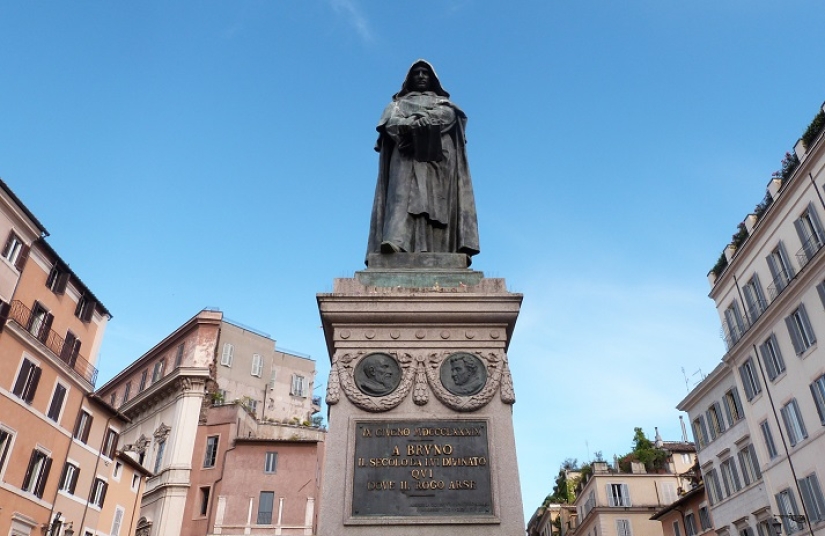
In 1592, the Italian was captured and thrown into prison for eight years. He was tortured into backing down, but Bruno remained true to himself. The court handed down the death sentence. When he ascended the scaffold, the scientist said: "To burn does not mean to refute! The coming centuries will appreciate and understand me!» Two and a half centuries later, a monument to Giordano Bruno was erected in the Campo dei Fiori square, where the execution took place.
Galileo Galilei (1564-1642)
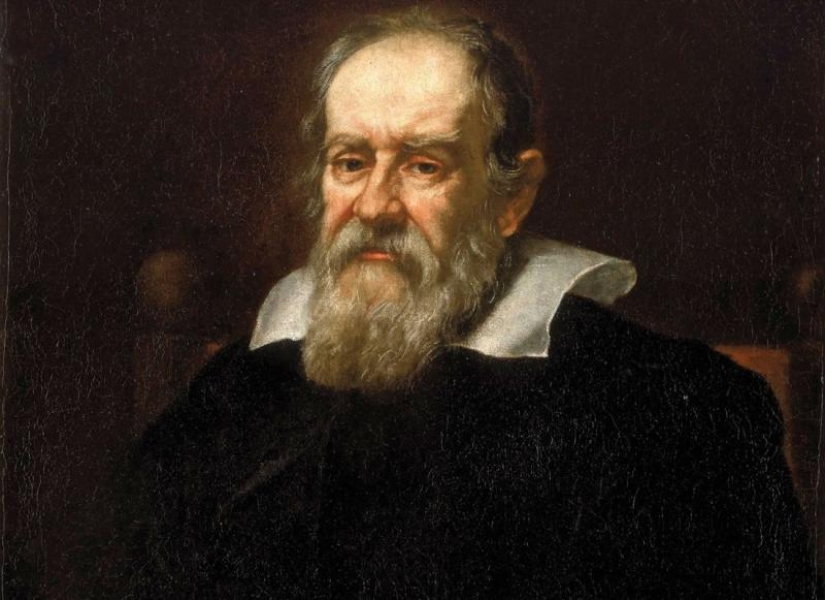
The heliocentric system, as we know, was true, so over time, many scientists came to it. Including the outstanding Italian physicist, astronomer and mathematician Galileo Galilei. For defending heretical ideas, he was put on trial in 1633.
The trial lasted only two months. Galileo was treated with relative care due to the fact that he was patronized by Pope Paul V. Historians believe that the scientist, as they say, actively cooperated with the investigation and quickly renounced his ideas. Therefore, the legend that after the trial, Galileo shouted the sacramental: "And yet it turns!"-is questioned.

A page from the transcript of the interrogation of Galileo Galilei with his signature.
Nevertheless, the physicist was still sentenced to life in prison. However, soon the punishment was replaced by house arrest, and the rest of his life Galileo spent under the supervision of the Inquisition.
Dante Alighieri (1265-1321)
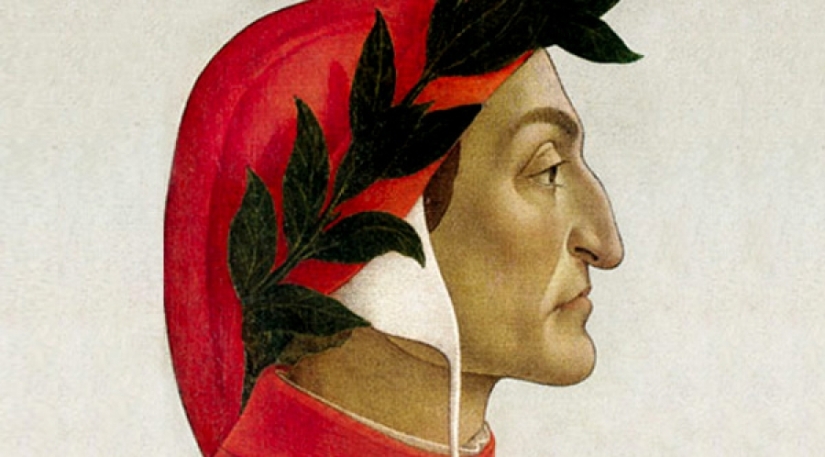
Unlike Galileo, the poet Dante was a fervent fighter for his beliefs. He regularly attended church, honored the ministers, but, as a true humanist, could not agree with the cruel sentences that the Lord imposes on sinners. Among them, in his opinion, there are many worthy people.
In his great poem, The Divine Comedy, written in the first person, Dante pities the gluttons, the pagans, the soothsayers, and sometimes his compassion is so great that he cannot hold back the tears. Naturally, such a condemnation of the divine will could not but irritate the Inquisition. In addition, the description of the journey through purgatory was pure heresy, because the dogma of purgatory was introduced by the church much later.
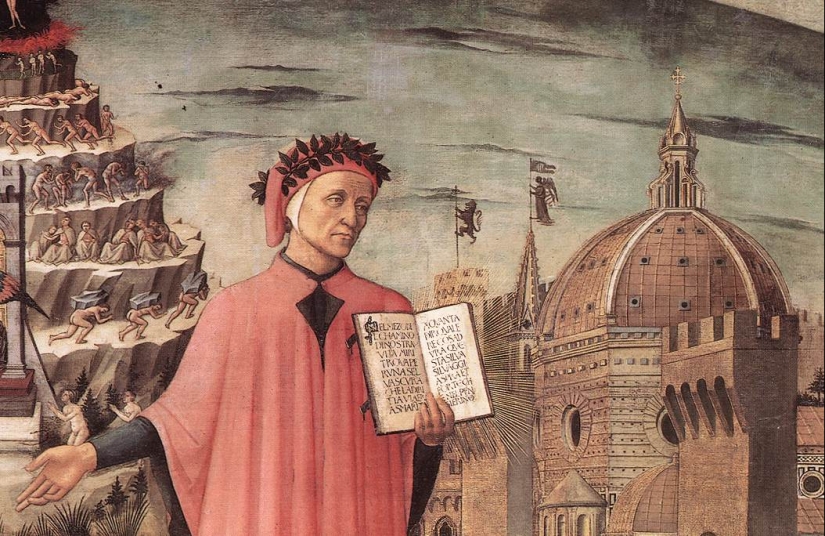
Dante was also objectionable because he openly criticized the pope's policies and was an active participant in the political struggle in Florence. The Inquisitors persecuted the poet, and in 1302 he was forced to leave his native city forever.
Jan Hus (1369-1415)
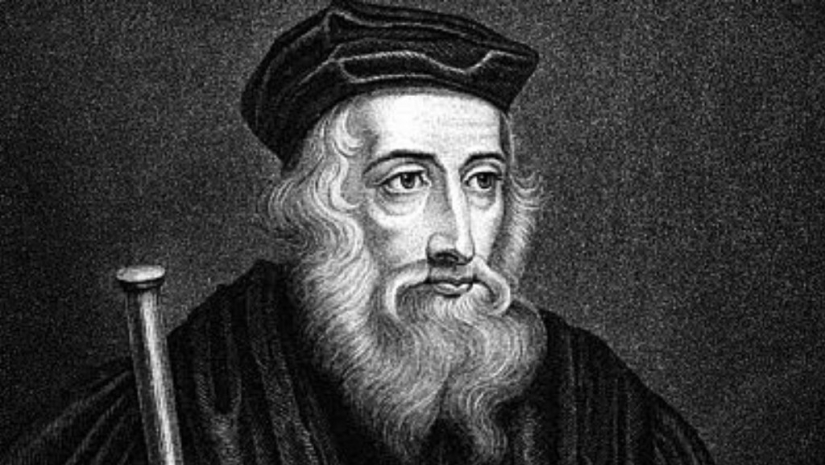
In the XV century, an era began in Europe that went down in history as the Reformation-the struggle against the Catholic Church and the papal power. One of the first notable figures of this movement was the Czech theologian Jan Huss. He traveled to the cities and gave lectures denouncing the feudal lords and the clergy.
Gradually, the influence of Huss on the minds of the people became so great that the Pope issued a special bull excommunicating the Czech priest from the church. His sermons were banned, but Gus continued his educational activities.
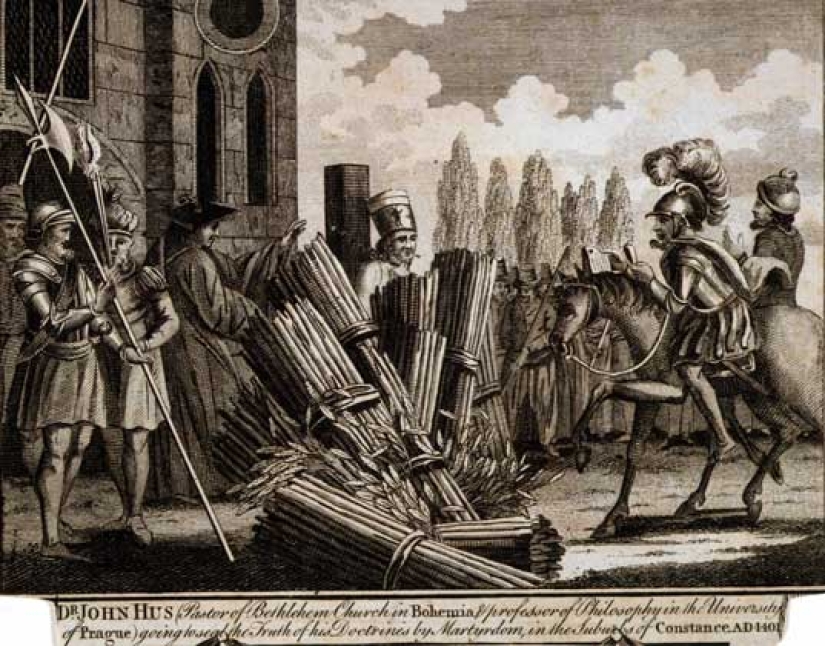
In 1414, he was summoned to the church council in Constance, Germany, guaranteeing complete safety. But as soon as the thinker arrived in the city, he was arrested and put in the prison of the Holy Inquisition, where he spent seven months. Even under torture, Gus did not repent, for which he was sentenced to be burned. A bonfire was built in the nearest square. When the fire was already burning, an old woman threw a bundle of firewood on the fire. "Holy simplicity," Gus said bitterly.
Keywords: Europe | Religion | Church | History | Celebrities | Middle Ages | Victims | Catholics | Torture
Post News ArticleRecent articles

At first glance, these colorful works look like ordinary paintings - but upon closer inspection, it turns out that they are made... ...

I want to somehow distract myself from the news about the pandemic and plunge into the beautiful. Here, for example, is a story ...
Related articles

Ah, Italy, a beautiful country with divine cuisine, rich history and beautiful landscapes. Here every tourist will find something ...

In the world there are a lot of things covered mystical, sometimes macabre stories. Mirror, bringing misfortune, paintings, causing ...

In 1969, a healthy food restaurant opened on the Sunset Strip in Los Angeles-one of the first in the country, and possibly in the ...

Serbian surrealist artist Dragan Ilić creates astonishing and provocative paintings that blend symbolism with eroticism, and ...